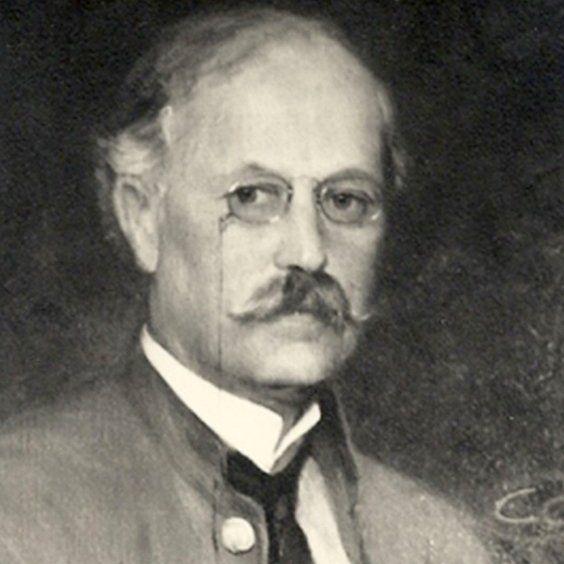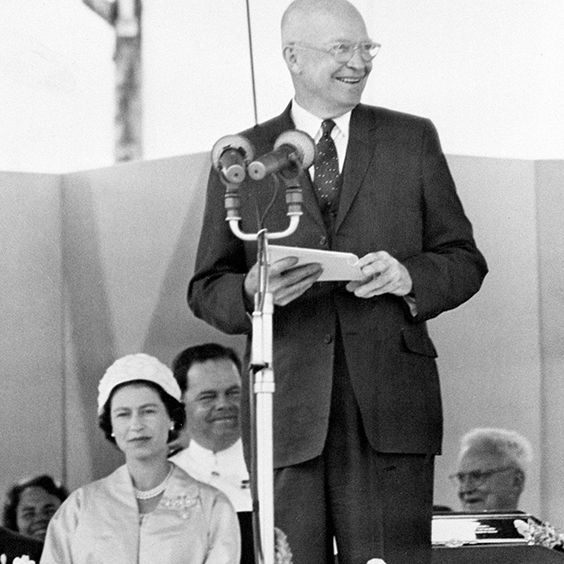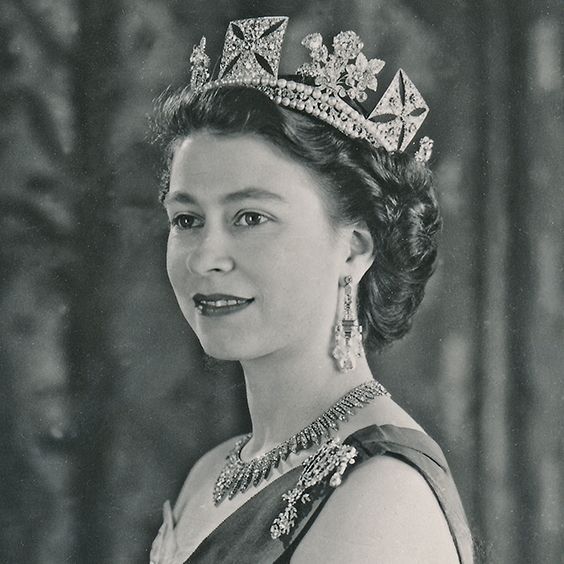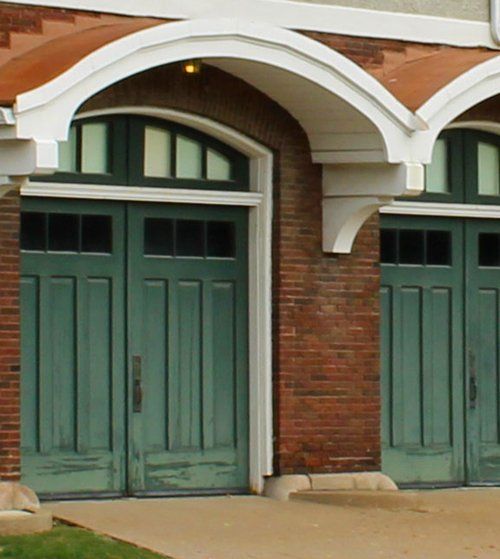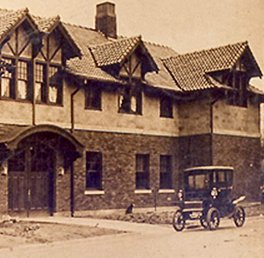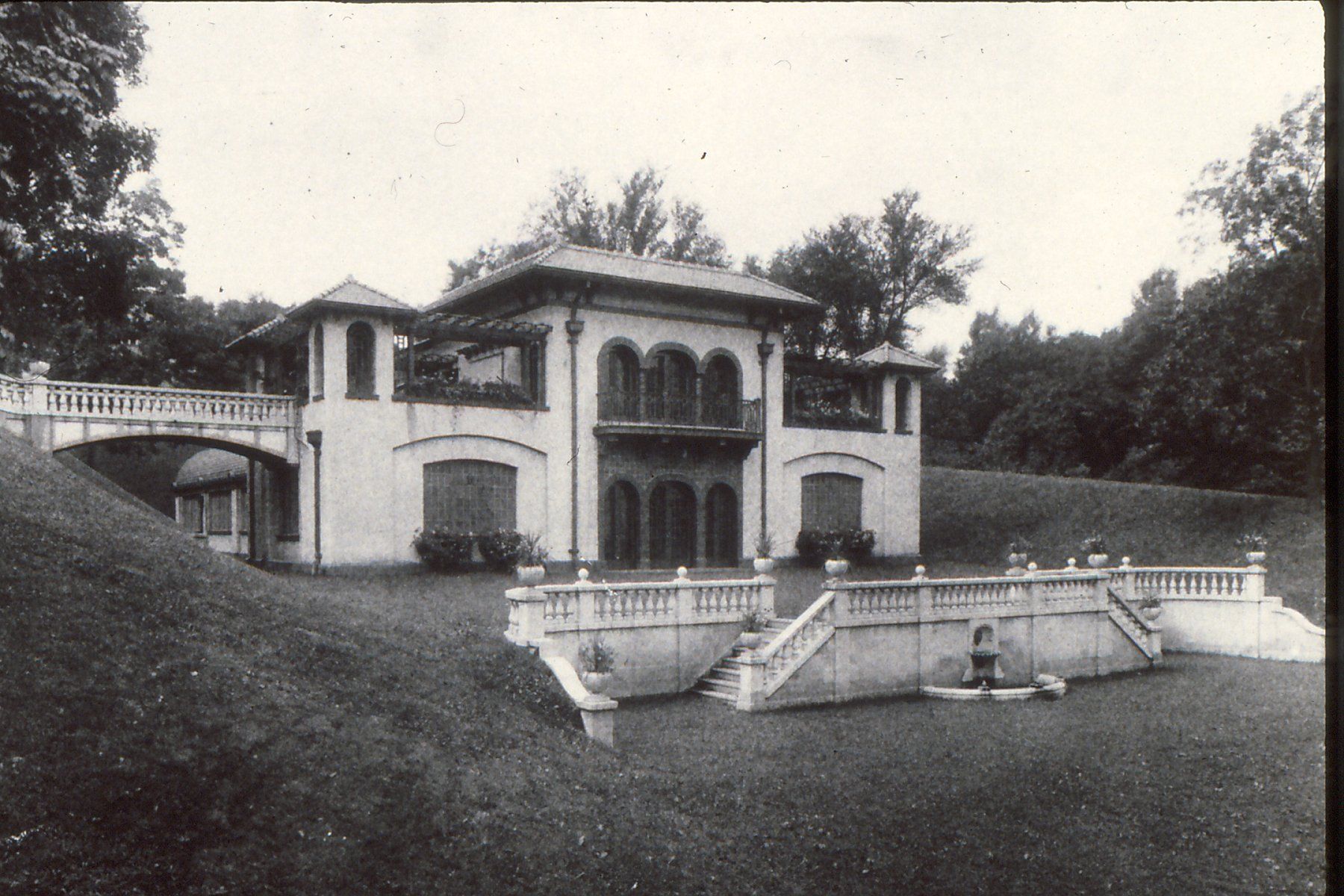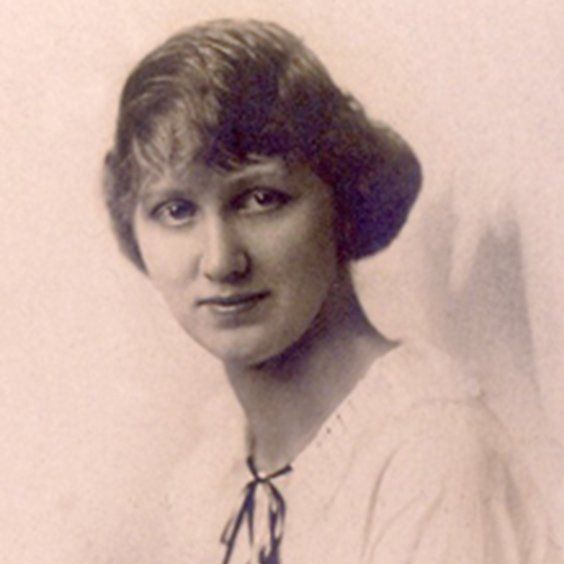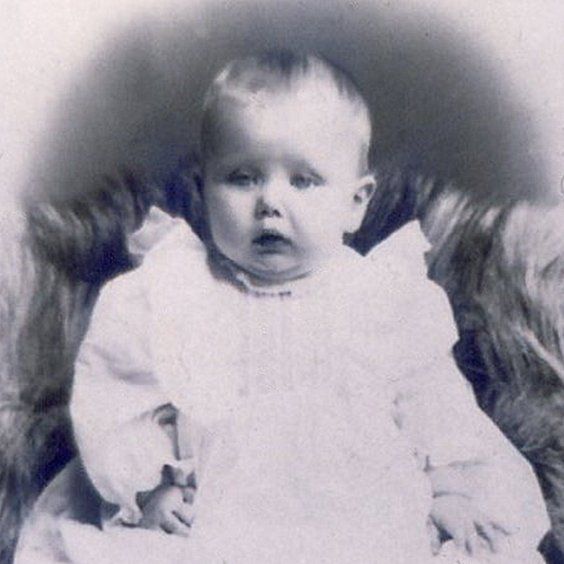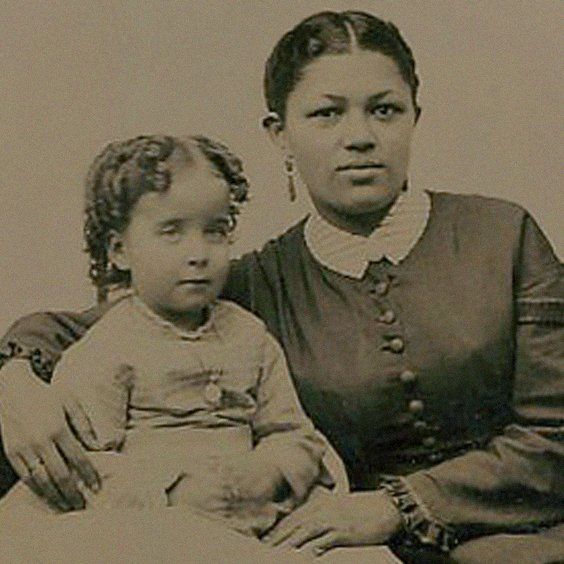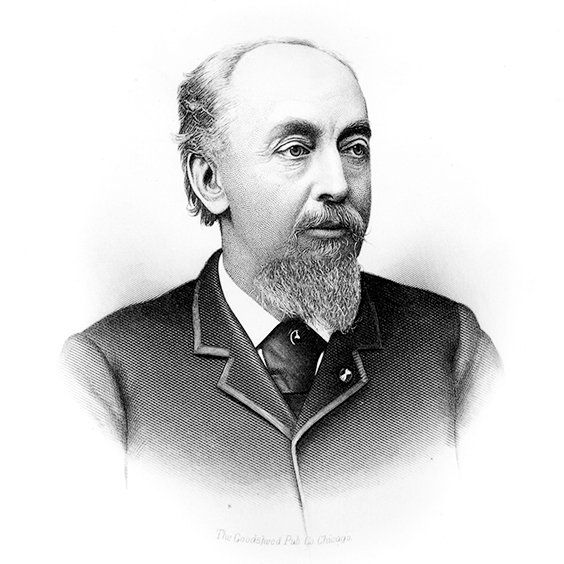The Deere Family and The Hotel Colorado
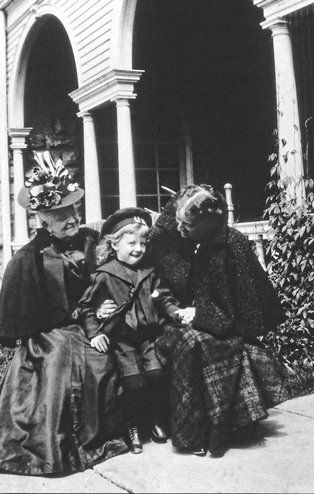
What I love about the study of history are the interesting little stories you come across. This is the case with this month’s blog. At first glance, two photographs from the archives do not tell much of a story.
We see Mary Deere, her daughter Anna Wiman, and Anna’s son Charles. The setting tells us little. It is just a sweet picture of three generations of one family.
The story grew as it led us in a different direction through the inscription on the back of one photograph. I could tell that this photograph was taken the same time and location as the one above. The inscription includes, May 1896, Glenwood Springs. (See Below) I wasn’t surprised when I saw the name of a hot springs. A trip to a hot spring was very popular during the late 1800s and early 1900s. The healing waters were a popular destination for families, the wealthy, and the famous. Other photographs in the collection show the Deere family visiting Baden Baden in Germany, Hot Springs in Arkansas, and French Lick in Indiana.

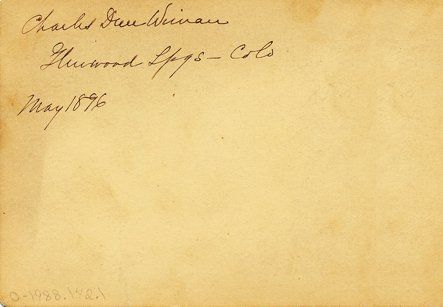
Out of curiosity, I wondered what Glenwood Springs was like and through the glory of google, I came across a brief history of the town. What drew my eye was the photograph of the hot springs and the Hotel Colorado. (See below) The central courtyard with the arched entrances led to my next research step. Hotel Colorado still exists so I emailed them. I sent them our 1896 photograph to see if it was taken in their courtyard. A staff member promptly answered me that our photograph was taken in their courtyard.
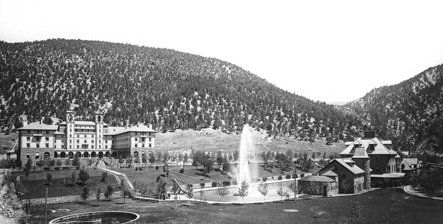
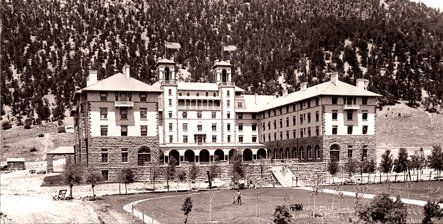
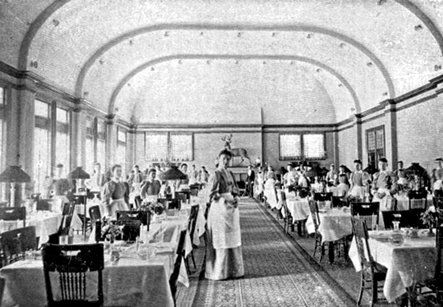
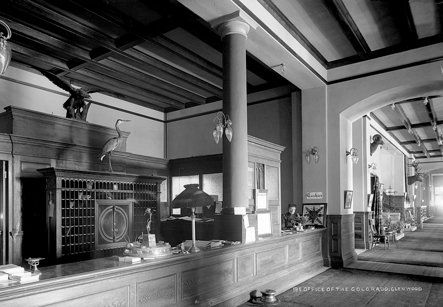
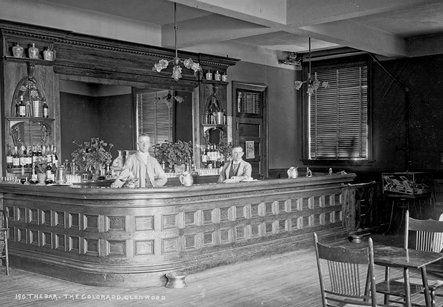

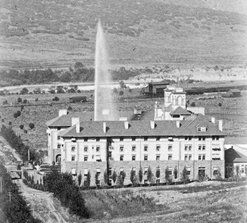
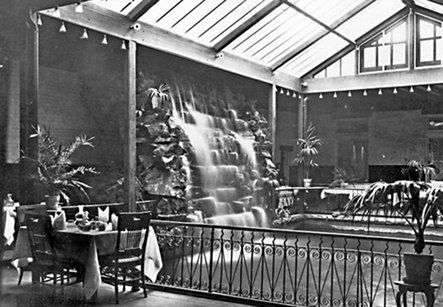



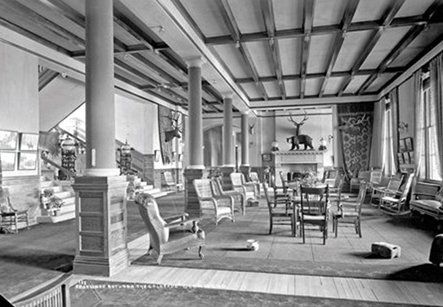
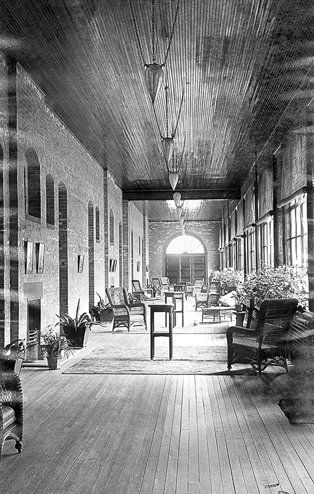
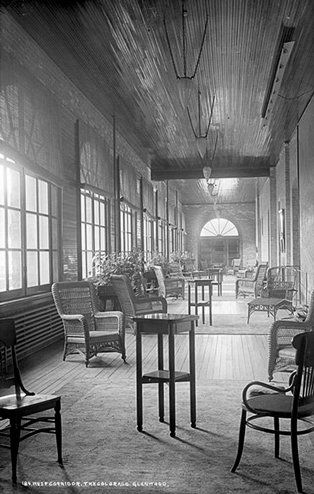
I can imagine Mary and Anna walking through these spaces and taking Charles out to the courtyard to play with his toy train. I wish I knew why they decided to go to Glenwood Springs. Did one of the family go for the healing waters of the springs? I assume they traveled by rail to reach the springs. Today the railroad still runs along the Colorado River through Glenwood Canyon.
I hope you have enjoyed this month’s little story. I never know where my research will lead, but I do enjoy these pieces of history.
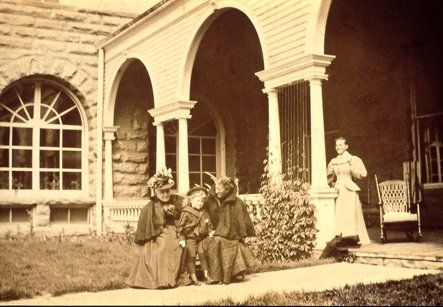
Special thank you to Hotel Colorado and staff member Taylor James for being so helpful. Someday I would love to head out to Colorado and experience the grandeur of Hotel Colorado and the mineral-rich hot springs.
Go to www.hotelcolorado.comto read more about the beautiful hotel.
